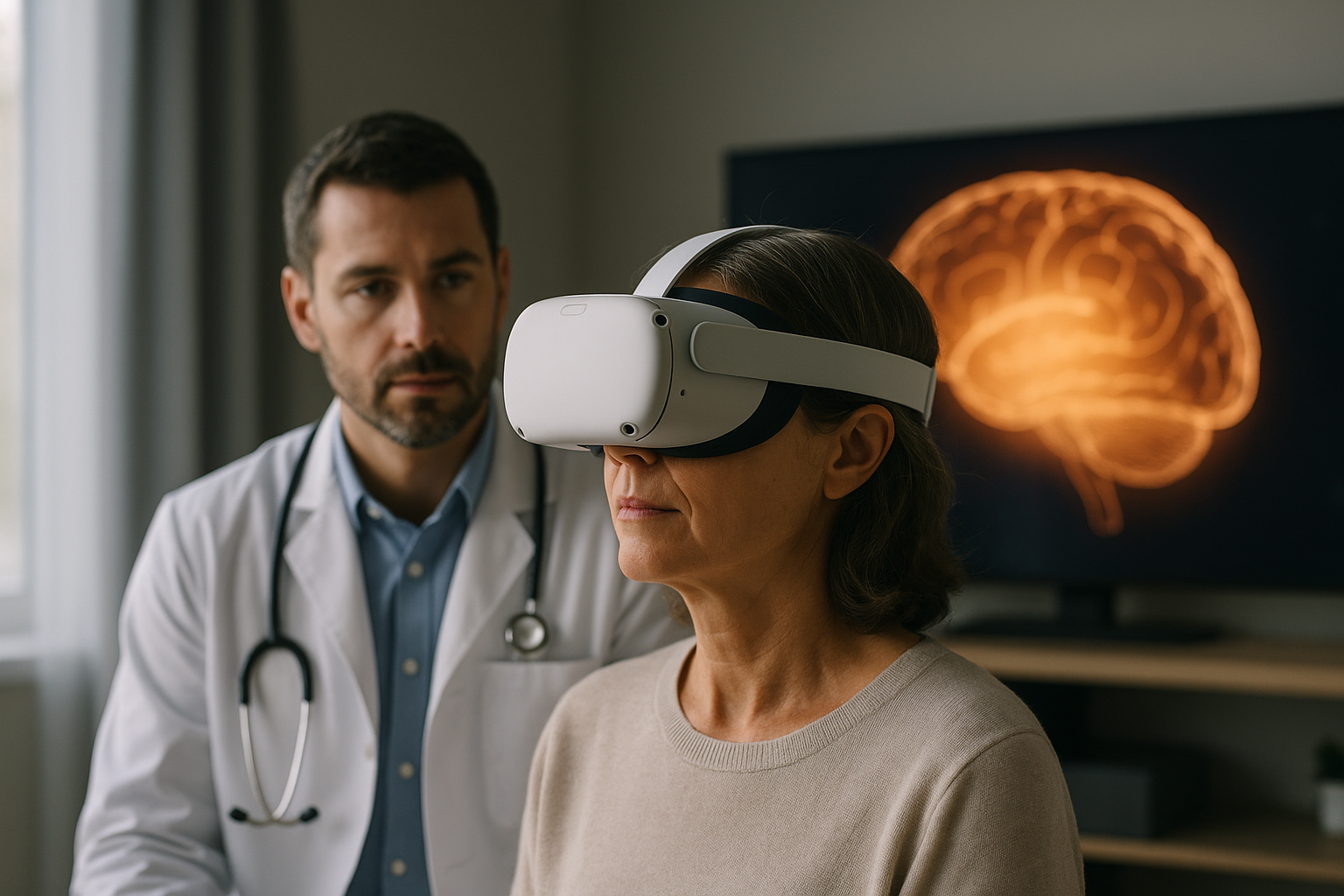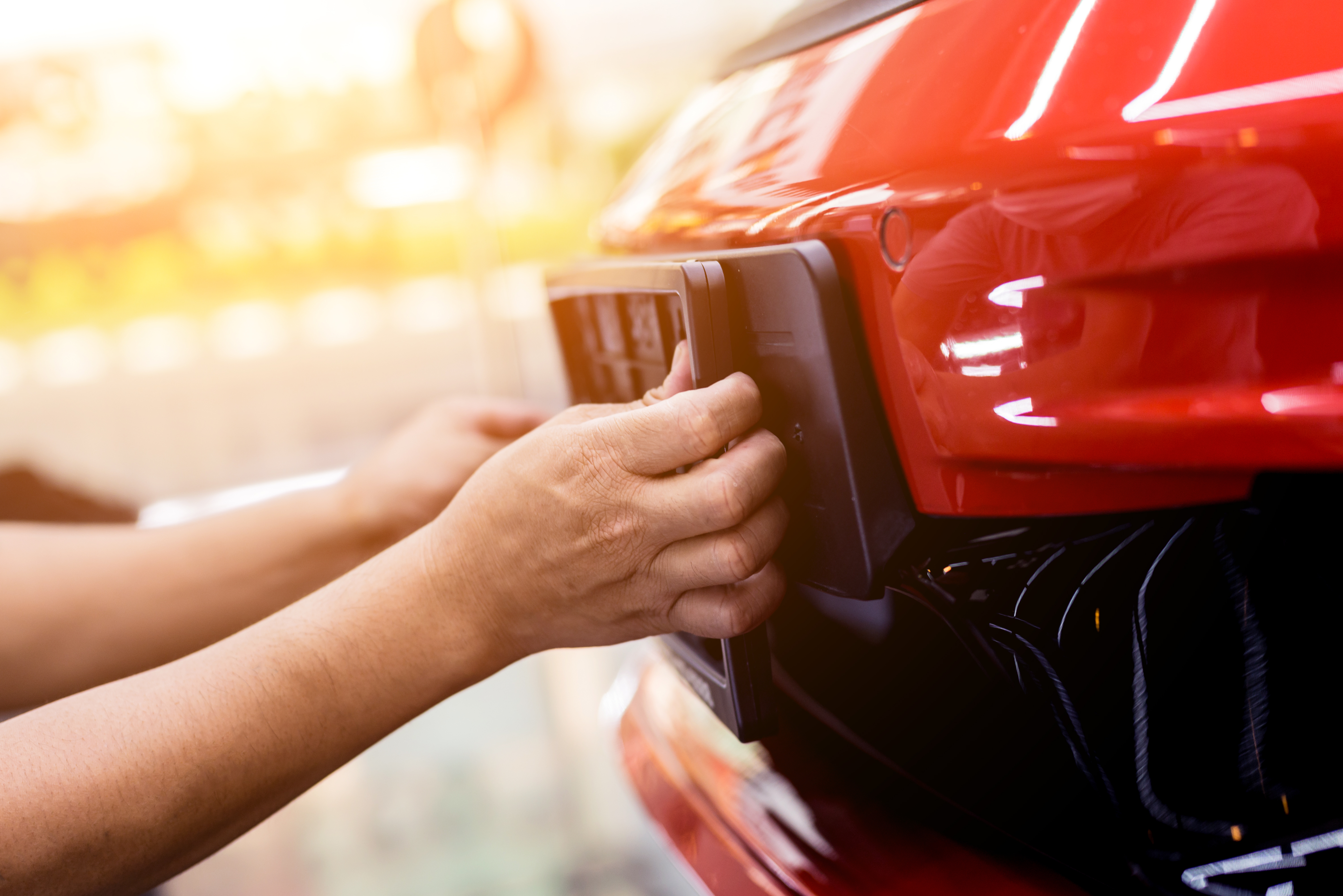Searching for the Smallest Portable Oxygen Concentrator? Top Brands and What to Know in 2025
For individuals requiring supplemental oxygen, finding the right portable oxygen concentrator can significantly enhance mobility and quality of life. As technology advances, these devices continue to become smaller, lighter, and more efficient. In 2025, several innovative models offer impressive portability without compromising oxygen delivery performance.

For those who depend on supplemental oxygen therapy, having access to a reliable and convenient oxygen source is essential for maintaining an active lifestyle. The evolution of portable oxygen concentrators (POCs) has revolutionized oxygen therapy, allowing users to move freely without being tethered to bulky oxygen tanks or stationary concentrators. This article explores the most compact portable oxygen concentrators available in 2025, what makes them stand out, and crucial factors to consider before making this important healthcare investment.
Why Size and Portability Matter for Oxygen Concentrators
The dimensions and weight of a portable oxygen concentrator directly impact a user’s mobility and independence. Smaller, lighter devices allow for greater freedom of movement, making it easier to participate in daily activities, travel, and social engagements. Modern compact POCs can weigh as little as 2-5 pounds, compared to traditional oxygen tanks that may weigh 10 pounds or more. This weight reduction makes a substantial difference for users with limited strength or those who want to maintain an active lifestyle.
Additionally, the smaller footprint of today’s POCs means they can be discreetly carried in specialized bags, backpacks, or even large purses. This discretion helps normalize oxygen therapy, reducing the stigma some users feel when using medical equipment in public settings. The psychological benefits of having a small, unobtrusive device shouldn’t be underestimated when considering overall quality of life for oxygen therapy patients.
Understanding Oxygen Delivery Types in Modern Concentrators
Portable oxygen concentrators deliver supplemental oxygen through one of two primary methods: pulse flow or continuous flow. Pulse flow devices deliver oxygen only when the user inhales, conserving battery power and allowing for smaller device designs. These units detect the beginning of inhalation and deliver a bolus (burst) of oxygen at that precise moment. Continuous flow concentrators, as the name suggests, provide a steady stream of oxygen regardless of the breathing pattern, similar to traditional oxygen tanks.
Many of the smallest POCs on the market utilize pulse flow technology, as it requires less power and smaller components. However, some patients, particularly those with higher oxygen needs or those who require oxygen during sleep, may need continuous flow options. Some advanced models now offer both delivery methods in a single device, though these hybrid units tend to be slightly larger than pulse-only models. When evaluating the smallest POCs, it’s crucial to ensure the delivery method matches your prescribed oxygen therapy requirements.
Top Considerations Before Choosing a Compact Device
While size is important, several other factors should influence your decision when selecting a portable oxygen concentrator. Battery life is paramount—the smallest devices typically offer 2-8 hours of operation per battery charge, depending on flow settings. Consider whether the device has removable batteries that can be swapped out for extended use away from power sources.
Oxygen output capabilities must align with your prescription. Some ultra-compact units may only deliver up to setting 3 on a pulse flow scale, which might be insufficient for users with higher oxygen requirements. Noise level is another consideration, with the quietest models operating at around 38-45 decibels—approximately the volume of a whispered conversation.
Durability and warranty coverage become especially important for portable devices that will experience regular movement and potential impacts. Look for models with robust cases, quality components, and comprehensive warranty programs. Additionally, consider the availability of accessories like carrying cases, external battery chargers, and travel-friendly power options that can enhance the functionality of your chosen device.
Overview of Popular Compact Oxygen Concentrator Brands in 2025
The portable oxygen concentrator market has seen significant innovation from several manufacturers in recent years. Inogen continues to be a market leader with their One G5 and newer G6 models, offering impressive oxygen output in packages weighing around 4.7 and 4.5 pounds respectively. Their pulse-dose delivery system provides settings up to 6, accommodating users with moderate oxygen needs while maintaining a compact profile.
ResMed’s Mobi series has gained popularity for combining lightweight design with reliable performance. The latest Mobi Mini weighs just under 4 pounds and features an intuitive interface particularly well-suited for older users. Philips Respironics offers the SimplyGo Mini, which at approximately 5 pounds delivers pulse flow settings up to 5 while featuring one of the most user-friendly control systems on the market.
Invacare’s Platinum Mobile, though slightly heavier at around 5.5 pounds, offers exceptional battery life compared to smaller competitors. For those requiring the absolute smallest option, the Precision Medical Peak Flow mini weighs just 2.8 pounds, though it only offers settings up to 2, making it suitable primarily for users with minimal supplemental oxygen requirements.
Portable Oxygen Concentrator Comparison: Size and Features
| Model | Weight | Dimensions | Max Flow Setting | Battery Life | Estimated Price |
|---|---|---|---|---|---|
| Inogen One G6 | 4.5 lbs | 7.2” x 3.3” x 8.2” | Setting 6 (pulse) | Up to 8 hours | $2,995 - $3,295 |
| ResMed Mobi Mini | 3.9 lbs | 6.9” x 3.1” x 8.0” | Setting 4 (pulse) | Up to 6 hours | $2,695 - $2,995 |
| Philips SimplyGo Mini | 5.0 lbs | 9.4” x 3.6” x 8.3” | Setting 5 (pulse) | Up to 4.5 hours | $2,495 - $2,795 |
| Precision Medical Peak Flow mini | 2.8 lbs | 6.5” x 3.0” x 7.0” | Setting 2 (pulse) | Up to 3.5 hours | $1,995 - $2,295 |
| Invacare Platinum Mobile | 5.5 lbs | 9.5” x 3.9” x 7.9” | Setting 5 (pulse) | Up to 10 hours | $2,395 - $2,695 |
Prices, rates, or cost estimates mentioned in this article are based on the latest available information but may change over time. Independent research is advised before making financial decisions.
Traveling With a Portable Oxygen Concentrator
One of the greatest advantages of compact portable oxygen concentrators is the freedom they provide for travel. Unlike oxygen tanks, most modern POCs are approved by the Federal Aviation Administration (FAA) for use on commercial flights. However, airlines typically require advance notification, documentation of medical necessity, and sufficient battery life for 150% of the expected flight duration plus ground time.
When traveling internationally, it’s essential to verify that your POC model is approved for use in your destination country and that you have the appropriate power adapters for recharging. Many manufacturers offer travel kits specifically designed to make journeys smoother, including international power supplies, extra batteries, and protective carrying cases.
Preparing for altitude changes is another important consideration, as higher elevations may affect oxygen needs and device performance. Some of the newest compact models automatically adjust to altitude changes, but users should consult with their healthcare provider about potential setting adjustments when traveling to high-elevation destinations. Additionally, having a backup plan and knowing how to access oxygen supplies at your destination provides important peace of mind during travel.
Portable oxygen technology continues to advance, with each year bringing smaller, more efficient options to the market. When searching for the smallest portable oxygen concentrator in 2025, remember that the ideal device balances compact size with your specific oxygen therapy requirements, lifestyle needs, and budget considerations.
This article is for informational purposes only and should not be considered medical advice. Please consult a qualified healthcare professional for personalized guidance and treatment.




